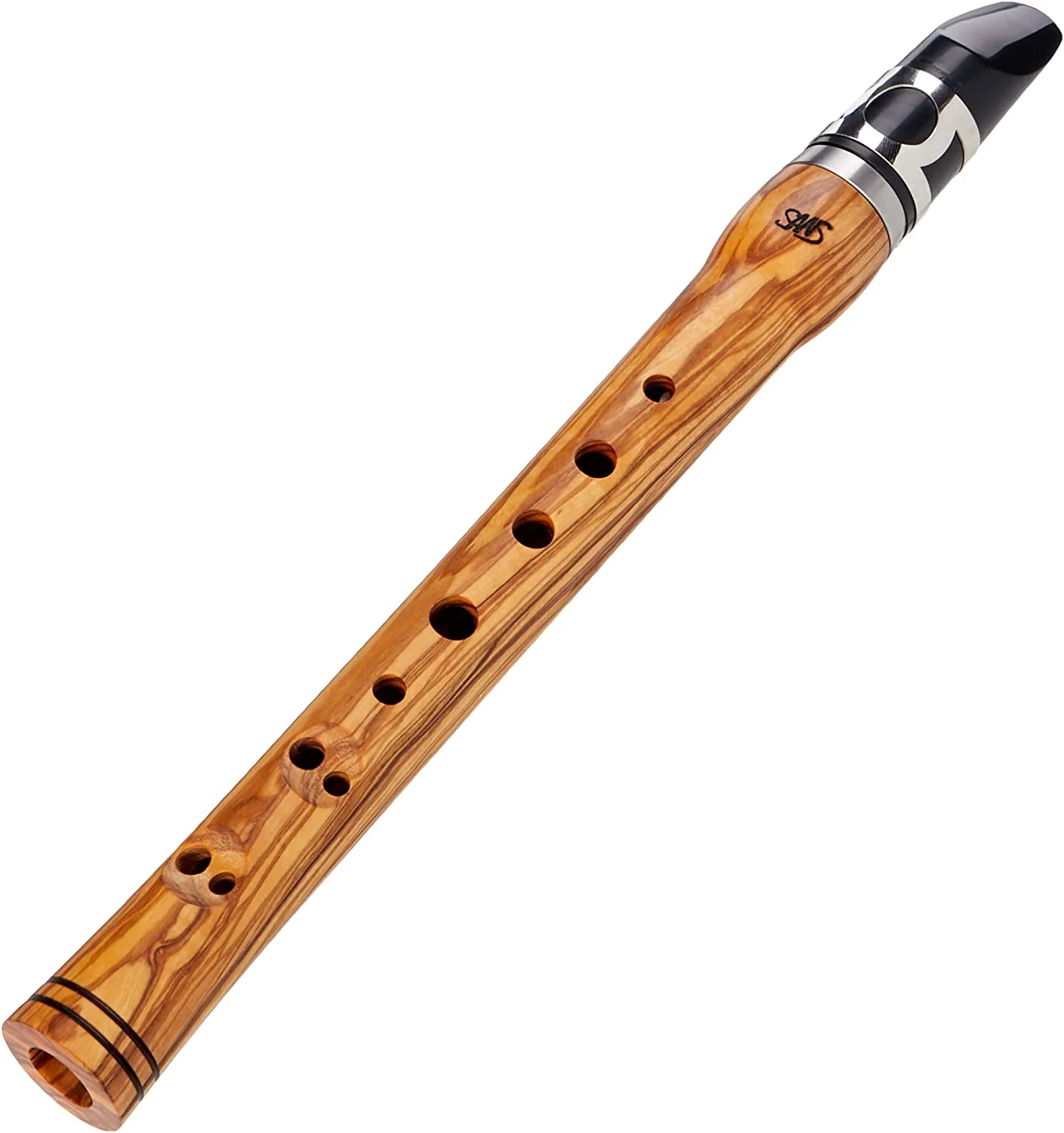Chalumeau
Woodwinds
Europe
Between 1001 and 1900 AD
Video
The term “chalumeau” first appeared in writing in the 1630s, but similar instruments may have been in use as early as the 12th century. Early references describe various types of reed pipes with tone holes, which likely influenced the development of the chalumeau. The Chalumeau is a historical woodwind instrument that is often regarded as the predecessor to the modern clarinet.
Instrument Characteristics
Type: The Chalumeau is classified as a single-reed woodwind instrument. It features a cylindrical bore and a mouthpiece similar to that of the clarinet.
Construction: Typically made from wood such as boxwood or ebony, the Chalumeau has a broad mouthpiece and a series of finger holes (usually eight) that allow for pitch variation. The instrument is available in several sizes, including soprano, alto, tenor, and bass.
Range: The Chalumeau has a limited range of approximately one and a half octaves, primarily in the lower register. Its sound is warm and mellow in this range, with a brighter tone emerging in higher notes.
Historical Origins
The Chalumeau originated in France during the late 17th century, gaining popularity throughout Europe during the Baroque period. It was used in both folk and court music settings. The instrument underwent significant modifications by Nuremberg instrument maker Johann Christoph Denner, who added keys and improved its design.
These changes eventually led to the development of the clarinet in the early 18th century. The Chalumeau played an important role in chamber music and orchestral works of the 18th century. However, by the late 1780s, it began to decline in popularity as the clarinet became more widely adopted due to its broader range and versatility.
Comparison to Other Instruments
Versus Clarinet: While both instruments share similarities in construction and reed-based sound production, the Chalumeau has a more restricted range and simpler fingering compared to the clarinet. The clarinet offers greater versatility and a wider tonal range.
Versus Recorder: Unlike the recorder, which uses a fipple mouthpiece and produces a clearer sound, the Chalumeau’s single reed provides a richer and mellow tone. The fingering system of the Chalumeau is also more complex than that of the recorder.
Comparison to Other Instruments
Both instruments share similarities in construction and reed-based sound production, the Chalumeau has a more restricted range and simpler fingering compared to the clarinet. The clarinet offers greater versatility and a wider tonal range.
Unlike the recorder, which uses a fipple mouthpiece and produces a clearer sound, the Chalumeau’s single reed provides a richer and mellower tone. The fingering system of the Chalumeau is also more complex than that of the recorder.
Instrument Characteristics
The chalumeau features a cylindrical bore with eight tone holes (seven on the front and one for the thumb) and a broad mouthpiece equipped with a single heteroglot reed made from cane. It typically has a limited range of about one octave, producing a warm, mellow sound. The chalumeau was popular in folk music traditions across Europe and was often used in orchestral settings during the Baroque period. Composers like Johann Sebastian Bach incorporated it into their works, showcasing its expressive capabilities.
Decline and Legacy
Transition to Clarinet: As the clarinet emerged and gained prominence in the late 18th century, the chalumeau began to fall out of favor. By the 19th century, it was rarely used, although it remained appreciated by musicians interested in historical instruments.
Modern Interest: Today, there is a renewed interest in the chalumeau among musicians and scholars who seek to explore its rich history and unique sound. Modern craftsmen produce replicas based on surviving original instruments, allowing contemporary audiences to experience this fascinating woodwind instrument.
The chalumeau has a rich history that spans several centuries, evolving from early reed instruments into a significant woodwind used during the Baroque period before transitioning into the clarinet. Its unique sound and construction continue to be appreciated today.
FAQ
What are the characteristics of the Chalumeau?
The Chalumeau is a woodwind instrument similar to a clarinet but with a simpler design. It features a single-reed mouthpiece and is typically made of wood. It produces a warm, mellow sound and was historically used in both classical and folk music. The Chalumeau is known for its limited range and the characteristic "low register" sound.
What is the origin of the Chalumeau?
The Chalumeau originated in the early 18th century in Europe, particularly in France. It was a precursor to the modern clarinet and was commonly used in orchestras and ensembles of the time. The instrument's design and use evolved, and it was eventually replaced by the more sophisticated clarinet in the late 18th century.
What types of Chalumeau exist?
There are a few variations of the Chalumeau, including the "Baroque Chalumeau" and "Classical Chalumeau," which differ slightly in their construction and musical range. The Baroque Chalumeau was used primarily in orchestral settings, while the Classical version was used more frequently in both solo and ensemble performances. Some chalumeaux were pitched in different keys, such as C or D, allowing for different tonal colors.
 Links
Links
References
Other Instrument
Categories


















